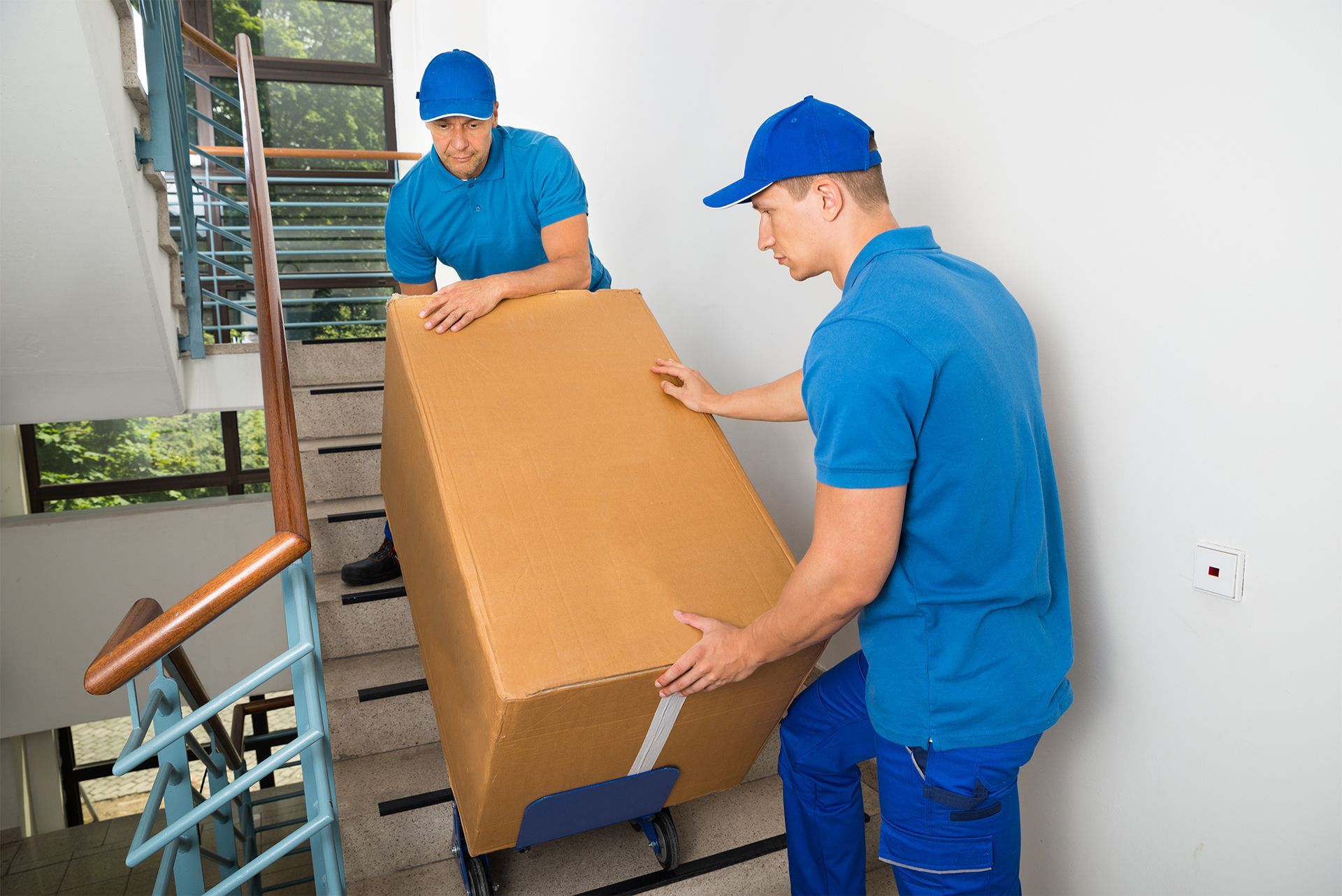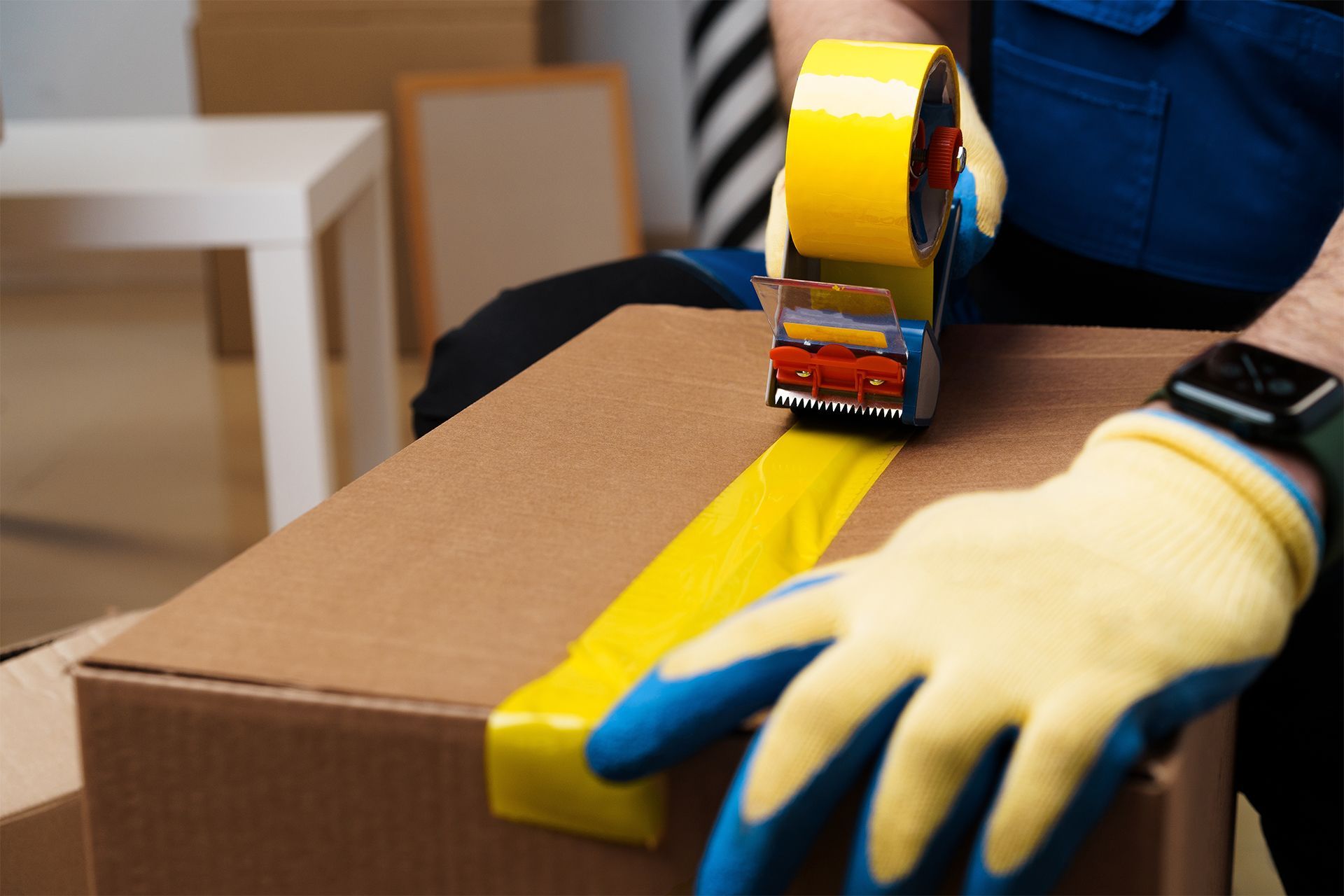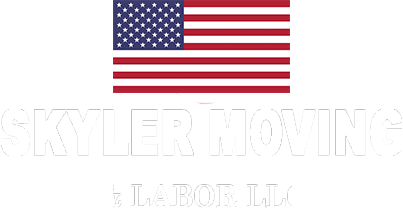How to Budget and Plan for a Successful Out-of-State Relocation
Moving to a new state can feel like a big adventure, but it requires careful planning and budgeting to ensure everything goes smoothly. Whether you’re moving for a new job, to be closer to family, or for a change of scenery, the key to a successful out-of-state relocation is organization. If you're planning a move from Glendale, AZ, here’s a step-by-step guide to help you budget, plan, and make your move as stress-free as possible.
Step 1: Assess Your Moving Costs
Before anything else, it’s important to have a clear picture of what your move will cost. There are several expenses you’ll need to consider, including:
- Moving Company Fees: Depending on the distance and size of your move, you may need professional help. Long distance moving services in Glendale AZ can provide everything from packing to transportation.
- Packing Materials: Boxes, tape, and bubble wrap can add up. Consider whether you can get free boxes from local stores or use sturdy containers you already have.
- Travel Costs: If you’re driving, factor in gas, meals, and accommodations if you need to stay overnight on your way to your new home.
- Insurance: It’s wise to get insurance to protect your belongings during the move.
Step 2: Create a Detailed Moving Plan
Once you have an estimate of costs, the next step is to plan everything out. Here’s a simple timeline to keep you on track:
- Start Early: Ideally, begin planning your move at least two months in advance. The more time you have, the less stressful it will be.
- Get Multiple Quotes: Don’t settle for the first moving company you find. Reach out to at least three companies for quotes. Compare what they offer in terms of services, and make sure to ask about hidden fees.
- Schedule Services Early: If you plan to hire labor services in Glendale AZ to help with loading or unloading, be sure to book them early to avoid last-minute scheduling conflicts.
Step 3: Budget for the Unexpected
No matter how much you plan, moving is full of surprises. You might have to deal with last-minute repairs, unexpected fees, or extra storage costs. Here’s how you can prepare for the unexpected:
- Emergency Fund: Set aside a small amount of money (about 10-15% of your total budget) for unexpected expenses.
- Flexible Dates: If possible, keep your moving dates flexible. If you can adjust your move to a less busy time, you might save on costs.
- Overtime Charges: If the move takes longer than expected, you could face extra charges. Be prepared for the possibility that everything may not go as planned.
Step 4: Downsize and Sell Unneeded Items
Moving is the perfect time to declutter. The fewer things you move, the less you’ll have to pay in moving fees, and the easier the process will be. Take time to go through your belongings and decide what you truly need.
- Sell or Donate: Sell items that you no longer need, and donate anything that’s still in good condition. This can help you reduce moving costs while making the transition easier.
- Consider Storage: If you’re not sure about some items, consider renting a storage unit until you can make a final decision on whether to keep or sell them.
Step 5: Consider Hidden Costs and Taxes
When you move out of state, taxes can get a little tricky. Different states have different rules when it comes to income taxes, property taxes, and sales taxes. Be sure to look into the tax implications of your move so you’re not caught off guard.
- State Income Tax: If you’re moving to a state with higher income taxes, make sure you factor this into your budget.
- Property Taxes: If you’re buying a new home, research property taxes in your new state or city.
- Sales Taxes: Sales tax rates vary from state to state, so be sure to account for any purchases you may need to make after your move.
Step 6: Make a Checklist for the Big Day
As moving day approaches, it’s important to stay organized. Here’s a simple checklist to make sure nothing gets missed:
- Confirm the moving company is ready for your move.
- Label all boxes with the room they belong to and contents for easy unpacking.
- Prepare your travel documents (e.g., driver’s license, car registration).
- Arrange for utilities (water, electricity, internet) to be transferred or set up in your new home.
- Pack a moving-day essentials bag with everything you’ll need for the first night in your new place.
Step 7: Settle Into Your New Home
Once you’ve arrived, take your time settling in. Unpack room by room, and give yourself plenty of breaks. Familiarize yourself with your new area—knowing where the nearest grocery store, pharmacy, and gas station are will make your new town feel like home in no time.
Conclusion
Relocating to another state doesn’t have to be overwhelming if you break it down into manageable steps. By budgeting carefully, planning ahead, and preparing for the unexpected, you can ensure a smooth and successful move. If you need assistance along the way, remember that our team is here to help with moving services.
Start planning your move today, and make your out-of-state relocation a positive new chapter in your life!







